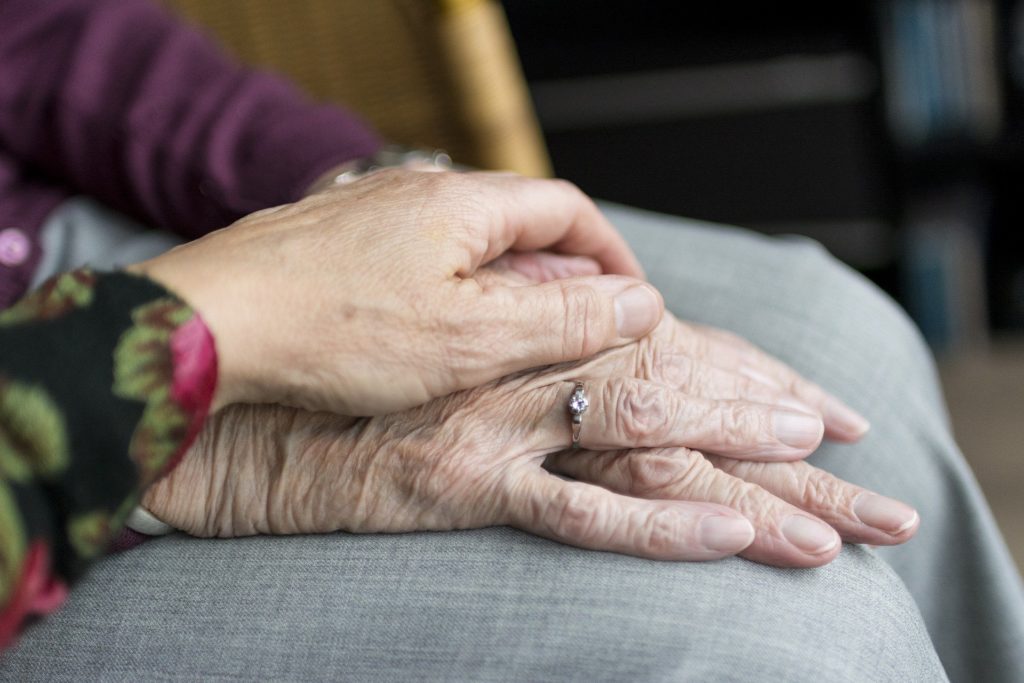The ongoing social isolation and distancing measures to reduce spread of the coronavirus pandemic has challenged a vital element of social and psychosocial services in the realm of hospice care. As the outbreak continues impacting communities throughout the nation, hospice social workers have become adaptive to continue serving patients and families in need.
At the pandemic’s early onset, hospice providers entered a battle to minimize spread among their patient populations at highest risk of COVID-19’s most severe impacts. As the primary focus drew towards protecting hospice patients and staff while continuing care, nonmedical areas such as social work and psychosocial services took less of a priority with restricted access to patients and families. However, these remain a crucial component involved in the bigger picture of end-of-life care.
Social workers are “essential to the care of patients and families throughout the life course,” according to the Social Work Hospice & Palliative Care Network (SWHPN) in a recent statement. “In times of health care disasters such as the coronavirus pandemic, it is necessary for [hospice and palliative care social workers (HAPC-SW)] to be allowed to continue their work, which is pivotal to the emotional, social and existential well-being of the patients and families that they serve but also the colleagues with which they work and communities in which they lie. Social workers are essential problem solvers and mental health clinicians that every health care entity should utilize as an integrated resource.”
Even as hospice teams increasingly leverage telehealth such as phone or video calls among temporarily relaxed regulations, social workers have struggled to make interpersonal connections to patients and families through virtual means. While remote capabilities enable continuation of social services, it has been challenging to gain a complete insight of emotional, social, psychological and even physical nonmedical needs of patients and families from a distance.
“Telehealth requires some different skills to create a physical presence. We still have to make ourselves known as a safe presence for patients and families without losing that personal connection,” said Benyamin Cirlin, licensed social worker for Visiting Nurse Service of New York (VNSNY) Hospice Care. “Social work skills are really about understanding the person in the context of their whole life — how they’re dealing emotionally, psychologically, physically, socially, and spiritually. A social worker is trained to kind of look at the person through all those lenses. Those skills are still a constant now. How you look at a person and their family within their context remains the same. It’s just the delivery of the services changed. In many ways, it’s an increased level of the normal stress of dealing with someone who is facing a dying relative or dealing with a dying patient themselves.”
Social distancing measures impact a wide variety of related services such as bereavement care to support dying patients and grieving families. Finding alternatives to postponed memorial and funeral services during the pandemic has also added layers of stress and anxiety for staff and the families they support. With restrictions on travel, restaurant and school closures, increased unemployment rates and limited availability of basic supplies, the impacted areas have been far-reaching for social workers tasked with making connections for patients and families.
“Social workers have been asked to be adaptable on the spot,” said Jessica Strong, executive director at SWHPN. “Even if we came up with the best app with the best connectivity, that doesn’t replace somebody actually being there. You’re doing your work still, but the human connection piece of being able to hug people or hold their hands has changed, and in the nature of end-of-life care that is meaningful in so many different ways. Emotional support, the stages of grief, the provision of supportive services, the right resources and connections, all of this is difficult in the face of COVID-19. These are all new conversations, and social workers are really well-equipped to have those conversations.”
In addition to staff calls and virtual meetings, hospices have employed various other communication tools to support social workers. Organizations are increasingly offering free resources on their websites such as tip-sharing worksheets for patient conversations, online training, videos, webinars, and virtual therapeutic and self-care support to help social workers provide a similar level of care to patients and families. However, providing social and psychosocial services in the pandemic’s uncertainty has added to an already uncertain time for hospice patients and families facing life’s final stages.
“There’s already a lot they can’t control in that stage of life, and now all of us are really in a situation in which there’s so much more uncertainty,” Cirlin told Hospice News. “At this point, it’s helping people manage what often feels unmanageable. It’s very similar to what hospice social work already does in helping people deal with chronic and incurable conditions. The main focus is to really try to emphasize and connect with the many varieties of how patients and their families experience death. Good social work and good hospice care is really ensuring that human beings are treated with dignity and comfort.”
Despite challenges, social workers stand to benefit from issues highlighted by the pandemic as the call for more connectivity among teams becomes evident. Interdisciplinary teams are increasingly knitting a deeper network of coordination together for social workers to access and utilize in delivering patient and family care.
“This pandemic has kind of identified how much we need to work together in an interdisciplinary way,” said Strong. “I think that there is definitely an opportunity to show how collaborative the team can really be when it’s pulled together and highlight that room for improvement before then tackling it. It’s a better outcome when the whole patient care team works together.”
Companies featured in this article:
Social Work Hospice & Palliative Care Network, Visiting Nurse Service of New York (VNSNY)



